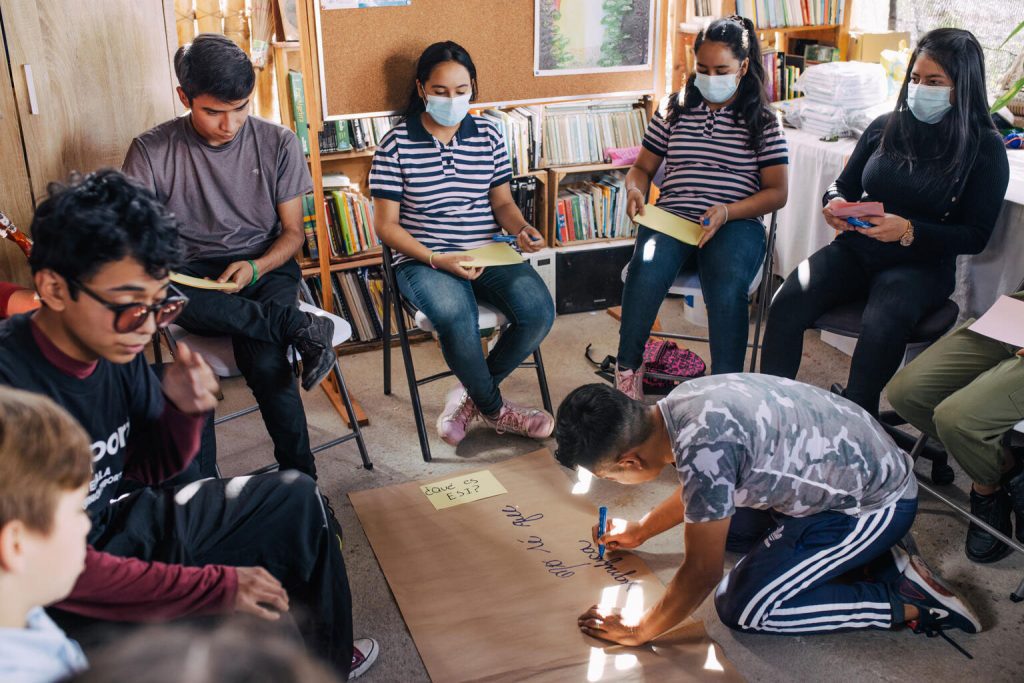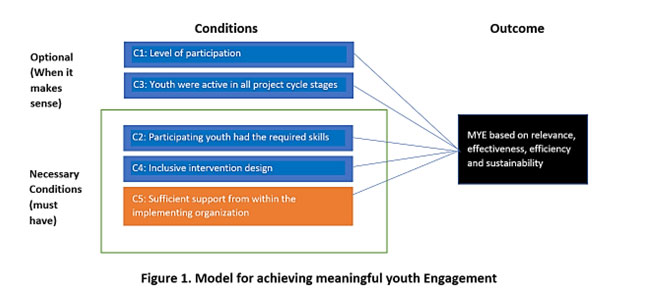
Photo credit: United Nations
More and more international organizations have realized the importance of engaging youth in sustainable development programs. Various youth engagement programs have been developed to ensure those young people equally benefit from their region’s economic dynamism. However, a thorough evaluation of the ongoing youth engagement approaches and activities is needed to maximize the impact on youth. A study carried out by Rapid Asia identified important conditions which drive meaningful youth engagement.
Since adopting the United Nations Resolution 54/120 in 2000, we have seen a rising global awareness to incorporate the interests of youth into the international development agenda. Education, hunger and poverty are among 15 action areas the international community identifies for youth development. However, a UN Report in 2020 highlighted that youth in Asia and the Pacific have not equally benefited from the region’s economic dynamism and are facing multiple challenges. Due to their demographic importance, it is essential to optimize efforts to engage youth as partners for a prosperous, inclusive, resilient, and sustainable region.
Rapid Asia has worked to help optimize the efforts of a youth engagement initiative in the region. The youth initiative delivered youth-focused programs using unique approaches which catalyze SDG delivery, generate and shares knowledge and influence change. Hence, assessing the youth initiative’s outcome and approach was crucial to design its future direction.
The evaluation was conducted in 2022, assessing the youth program’s relevance, effectiveness, efficiency and sustainability. The respondents had a high level of participation with youth and knowledge of youth engagement approaches in the region from 2013 to 2021. The process explored various configurations of conditions that lead to the presence or absence of meaningful youth engagement (MYE), including:
- Level of youth participation
- Youth capacity to make a meaningful contribution
- Youth participation in the project cycle
- Inclusive project design
- Level of support from within the implementing organization
- Level of government support.
The mixed methods approach was used to have a robust design and results that can inform future programs about how to achieve MYE. The resulting MYE model is shown in Figure 1 below.
Five of the six conditions were found to be relevant for MYE. Three conditions were found to be necessary for MYE and included youth having the required skills, inclusive intervention design, and sufficient support from within the implementing organization. On the other hand, youth participation and involvement in the entire project cycle are also important but may not always be necessary. The level of government support was not found to have any bearing on MYE. It was later discovered that the youth programs did not have direct access and, therefore, no direct control of the relationship with the government. If this wasn’t the case, the results could have been different.

The model is particularly relevant when youth initiatives are implemented as crosscutting interventions to support existing programs. The model highlights the importance of involving internal stakeholders and identifying youth with skills relevant to the program’s goals. Achieving this requires early planning and involving youth from the start with a clear overview of what is required from them. In short, the results highlight that MYE means ‘the right youth doing the right things’.
If you found this article useful, please remember to ‘Like’ and share on social media, and hit the ‘Follow’ button never to miss an article.
About the authors: Daniel Lindgren is the Founder of Rapid Asia Co., Ltd. a management consultancy firm based in Bangkok that specializes in evaluations for programs, projects, social marketing campaigns and other social development initiatives. Israr Ardiansyah is an independent consultant working with Rapid Asia.
